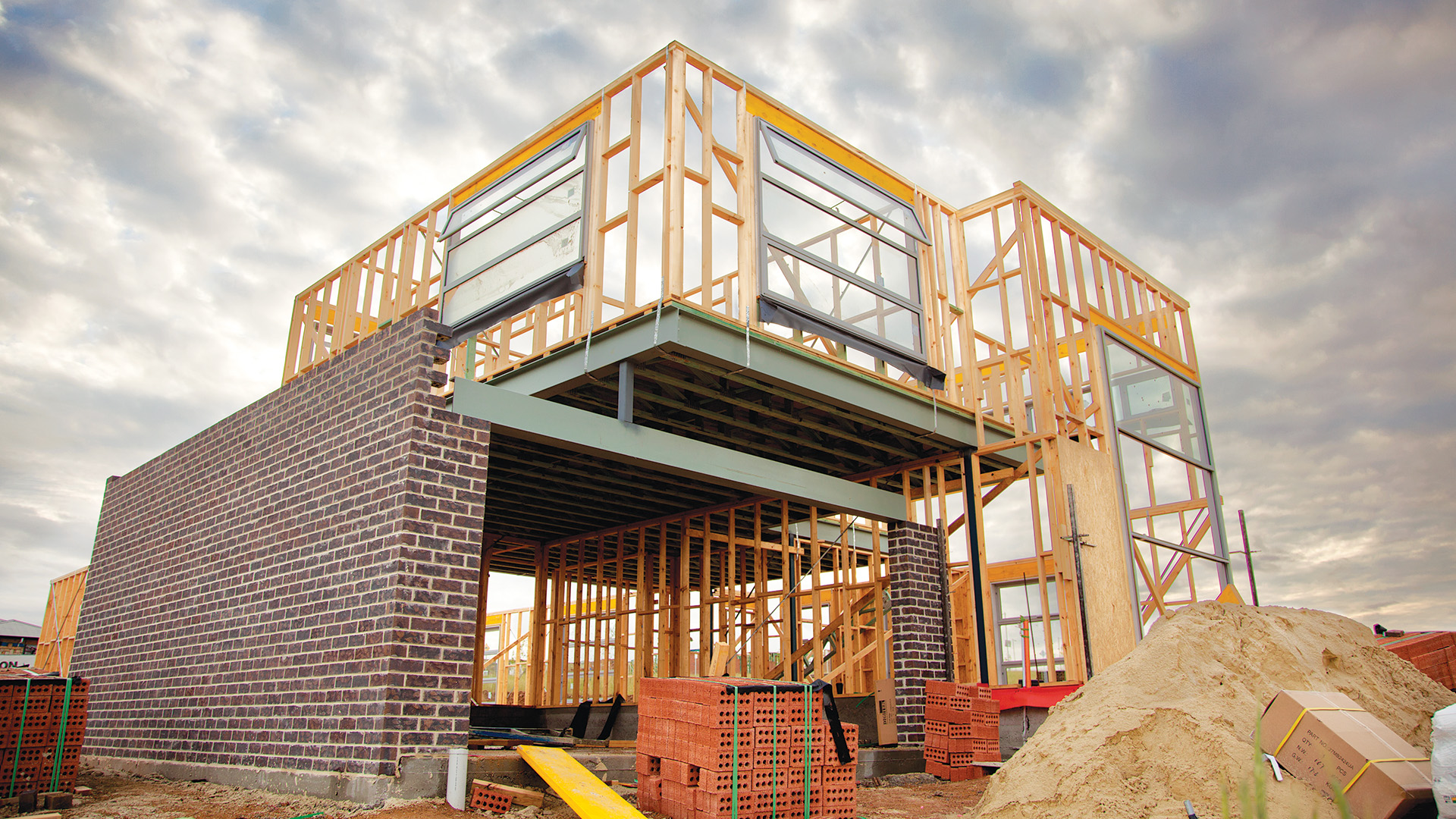The construction industry is a complex ecosystem involving a wide range of stakeholders, from architects and developers to suppliers, contractors, and clients. At the heart of this ecosystem lies a critical, often misunderstood phase: the construction bidding process.
Whether you’re a project owner seeking competitive bids, a contractor hoping to land a project, or a subcontractor navigating opportunities, understanding how construction bidding works is essential for success. A well-structured bidding process can save time, money, and headaches, while a poorly managed one can lead to delays, disputes, and costly errors.
In this comprehensive guide, we’ll walk through six essential tips for understanding the construction bidding process. By the end, you’ll have a clearer picture of how it all works—plus strategies to improve outcomes whether you’re bidding or managing bids.
What Is the Construction Bidding Process?
Before we jump into the tips, let’s define what we mean by the construction bidding process.
In simple terms, construction bidding is the method by which a project owner or developer solicits proposals (bids) from contractors to complete a construction project. The contractor presents a bid package that includes cost estimates, project timelines, and other relevant details. The owner then evaluates these bids and selects the one that offers the best balance of price, experience, and quality.
There are several types of bids:
- Open Bidding (commonly used in public sector projects)
- Closed or Selective Bidding (common in private sector)
- Negotiated Bidding
- Design-Build vs. Design-Bid-Build methods
Each has its own advantages and requirements, but they all serve the same purpose: selecting the most suitable contractor for the job.
1. Know the Key Players in the Bidding Process
One of the first steps in understanding the construction bidding process is to recognize who’s involved and what roles they play.
Project Owner or Client
This is the individual or organization financing the project. They are responsible for initiating the bidding process and ultimately choosing the winning contractor.
General Contractors (GCs)
These are the main bidders who submit proposals directly to the project owner. GCs oversee the entire construction project, including hiring and managing subcontractors.
Subcontractors
They specialize in specific trades—like plumbing, electrical work, or HVAC—and often bid to general contractors rather than the project owner.
Architects and Engineers
They design the project, create the construction documents, and may assist in evaluating bids for technical compliance.
Estimators and Procurement Teams
These professionals analyze plans and calculate the costs associated with labor, materials, equipment, and overhead.
Understanding the flow of communication and responsibility between these parties is critical to navigating the bidding process effectively.
2. Understand the Bid Package Components
A construction bid isn’t just a number. It’s a comprehensive proposal that includes various documents designed to demonstrate capability, value, and understanding of the project.
Here are the core elements typically included:
Invitation to Bid (ITB) or Request for Proposal (RFP)
This is the formal request from the owner inviting contractors to submit bids. It outlines key project details, timelines, scope, and submission guidelines.
Construction Drawings & Specifications
These documents detail what is to be built, including materials, design features, and technical requirements.
Cost Estimate
This includes a breakdown of labor, materials, equipment, permits, insurance, profit margin, and contingencies.
Project Timeline
The proposed schedule for completing different project phases, including milestones and delivery dates.
Bonding & Insurance Information
Many public projects require bid bonds, performance bonds, and proof of liability insurance to protect the owner against risks.
Contractors who can present clear, accurate, and professional bid packages increase their chances of being selected.
3. Know the Different Bidding Methods
Not all construction projects follow the same approach. Understanding the bidding methods used helps you prepare the right strategy and documents.
Open Bidding
Used mainly in public sector projects, open bidding allows any qualified contractor to submit a bid. Transparency is prioritized, and regulations are strictly followed.
Selective Bidding
Used in private sector projects, the owner invites a shortlist of prequalified contractors to submit bids. This method ensures higher-quality proposals and less risk.
Negotiated Bidding
The owner works directly with one contractor to negotiate costs and scope without competitive bidding. Often used in specialized or complex projects.
Design-Bid-Build vs. Design-Build
- Design-Bid-Build separates design and construction, with bidding happening after design completion.
- Design-Build integrates design and construction, often streamlining the process and encouraging collaboration.
Choosing the right approach depends on budget, timeline, complexity, and legal obligations.
4. Focus on Accuracy and Transparency
One of the most common reasons for lost bids—or, worse, winning a job that leads to losses—is inaccurate estimating.
A successful bid must strike a balance:
- Too high = you lose the job.
- Too low = you win but lose profit or risk underperformance.
Tips for Accurate Bidding:
- Use takeoff software for precise material and quantity estimations.
- Verify labor costs and local wage standards.
- Include contingencies for unforeseen conditions (weather, delays, supply chain).
- Review site conditions and project specs thoroughly.
- Be transparent about exclusions and assumptions.
Accuracy isn’t just about numbers—it’s about credibility. If your bids are consistently clear and honest, owners are more likely to trust and choose you.
5. Communicate and Follow Up Strategically
Bidding doesn’t end when you hit “submit.” Smart contractors understand the power of proactive communication during and after the bidding phase.
Follow-up best practices:
- Acknowledge receipt of the RFP or ITB early.
- Ask clarifying questions about project scope, timeline, or evaluation criteria.
- Provide optional alternatives (e.g., value engineering solutions) that show initiative.
- Check in after submission to express continued interest and address any uncertainties.
This level of engagement not only demonstrates professionalism but also keeps your name top-of-mind with the decision-makers.
6. Learn From Every Bid—Win or Lose
Every bid, successful or not, is an opportunity to learn. Many contractors submit proposals without ever analyzing why they lost or won a bid. This is a missed opportunity.
Conduct a Bid Review:
- Did you fully understand the scope?
- Was your pricing competitive and realistic?
- How strong was your presentation?
- What feedback did you receive?
- Were there any recurring weaknesses in your approach?
Document these insights to improve future bidding strategies. Over time, refinement becomes your competitive edge.
Some companies even track win/loss ratios, average bid response time, and bid margins as key performance indicators (KPIs) for their estimating teams.
Final Thoughts
The construction bidding process is more than just numbers and paperwork—it’s a strategic blend of communication, analysis, and trust-building.
For contractors, bidding is an opportunity to showcase your understanding, capability, and integrity. For owners, it’s a chance to select partners who can deliver not just a project, but peace of mind.
By applying these six tips:
- Know the players
- Understand the documents
- Learn the methods
- Prioritize accuracy
- Communicate effectively
- Learn from every outcome
…you’ll gain the clarity and confidence needed to navigate the process successfully—again and again.



